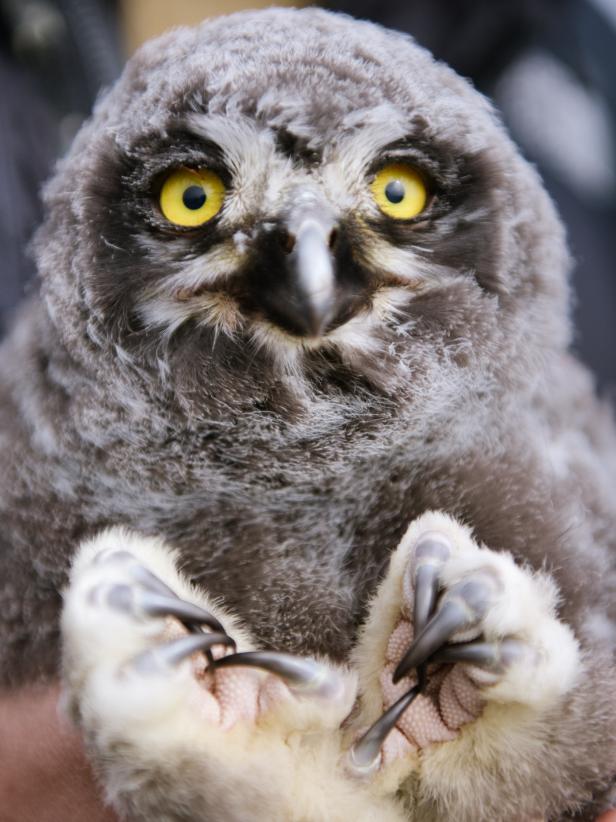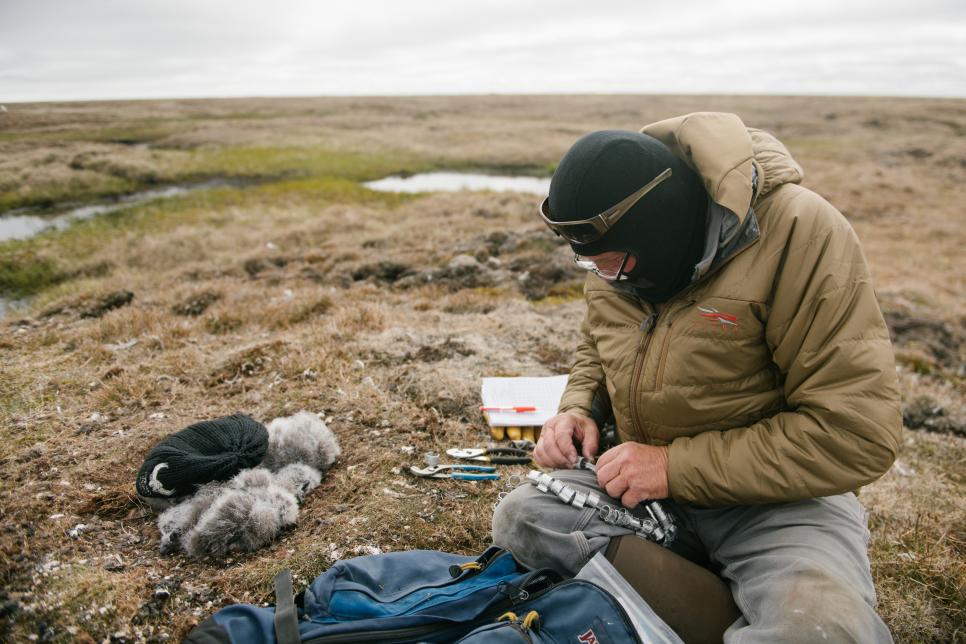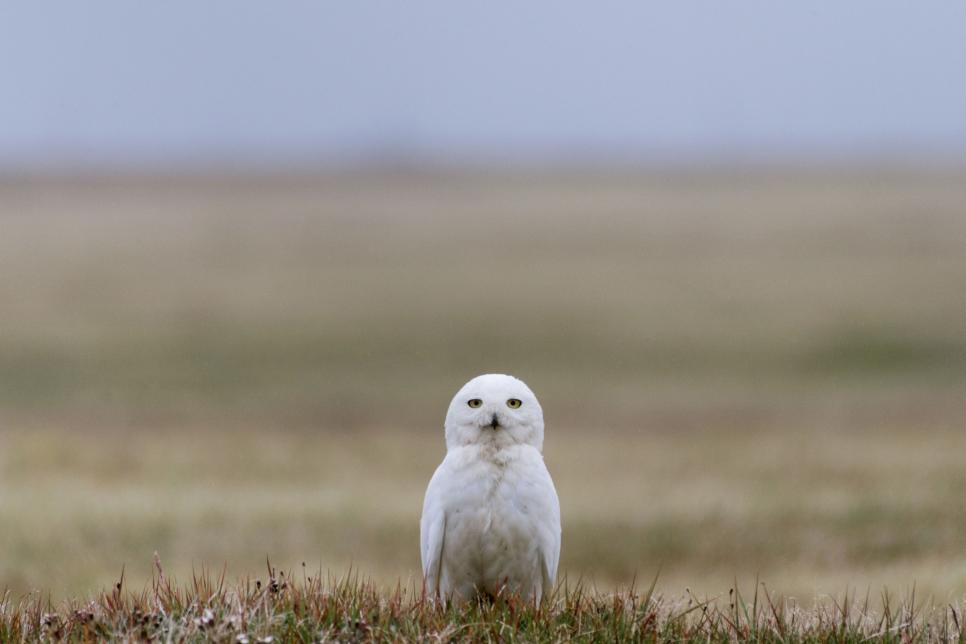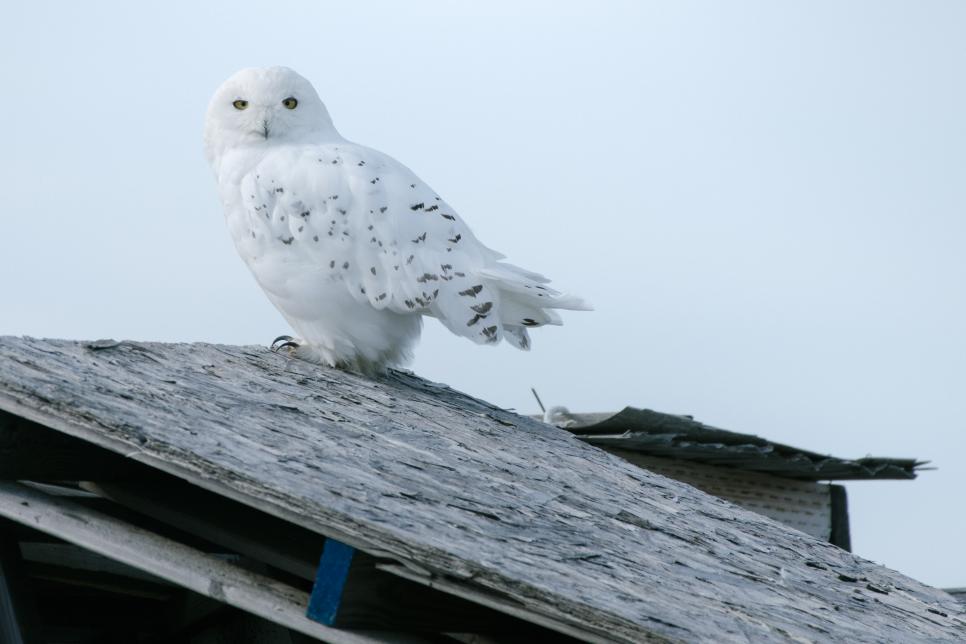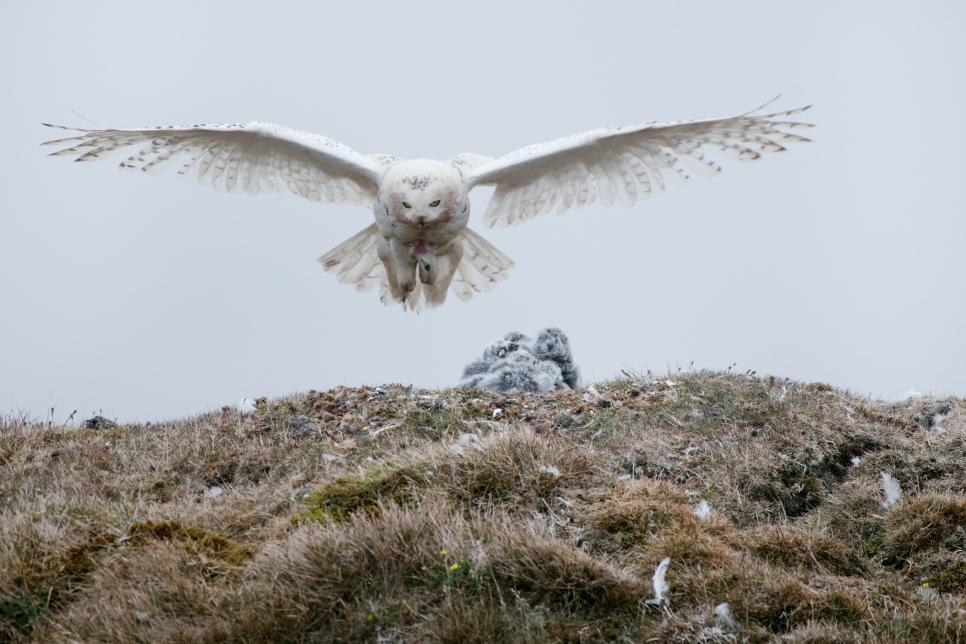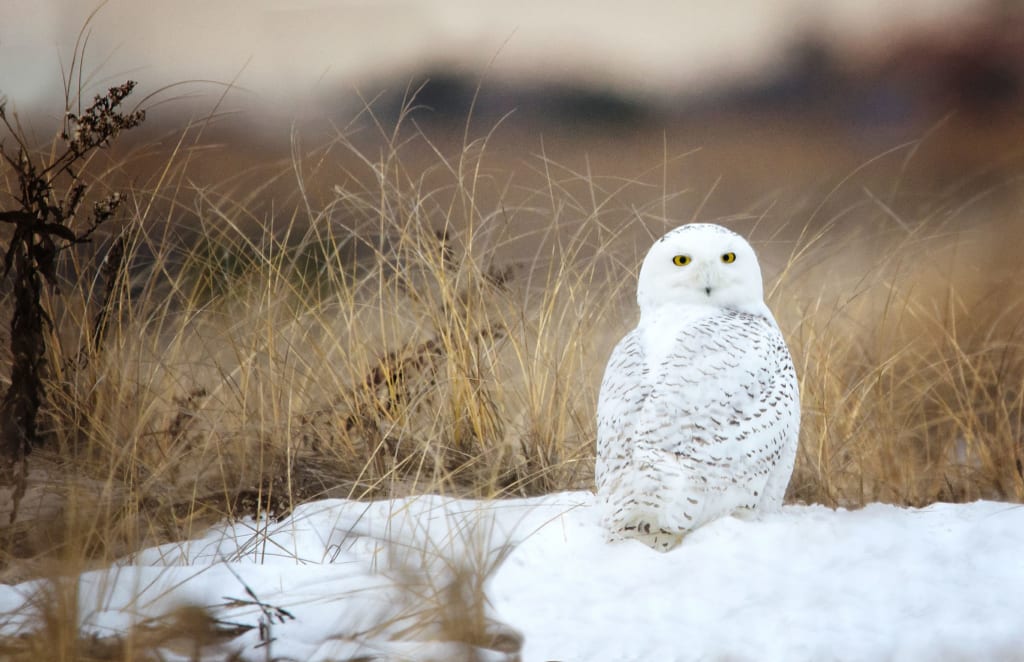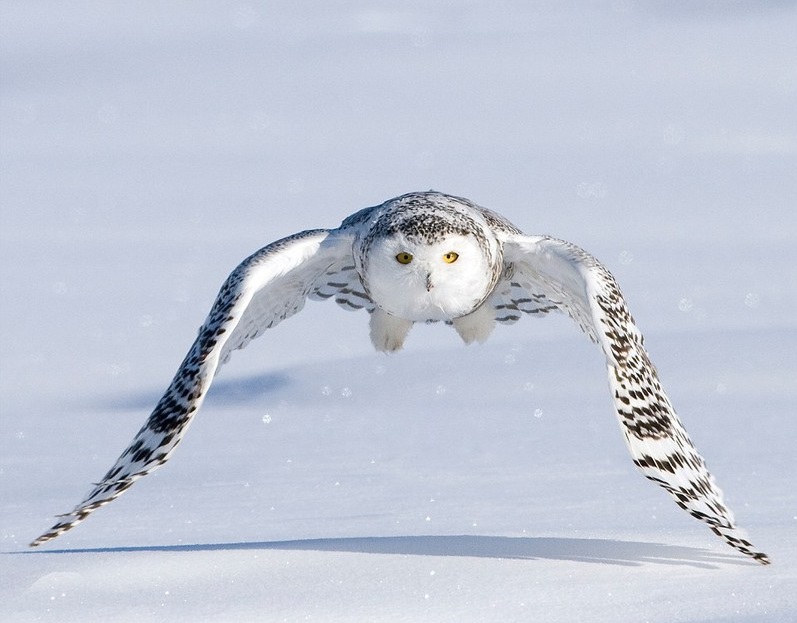A Rare Glimpse of Disappearing Snowy Owls
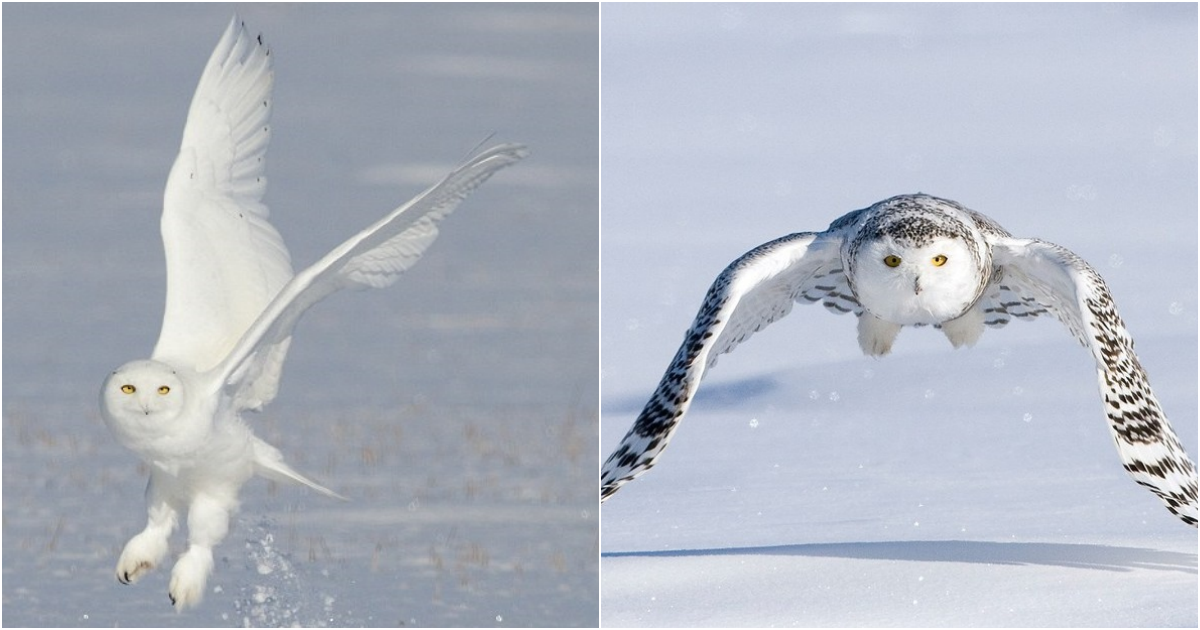
On the remote outskirts of Utqiaġvik, Alaska, the northernmost town in the United States, lies a hidden treasure. This vast expanse of tundra, stretching towards the majestic Brooks Range, is a haven for one of the world’s most iconic creatures—the Snowy Owl. Here, amidst the timeless beauty of the Arctic, the Owl Research Institute has embarked on a noble quest to unravel the mysteries of climate change and its impact on these magnificent birds.

For over three decades, Denver Holt, the visionary founder of the Owl Research Institute, has dedicated his life to studying Snowy Owls in their natural habitat. Every summer since 1992, he has ventured into this pristine wilderness, documenting the intimate moments of owl courtship, nesting, and the joyful fledging of their precious chicks. Beyond his scientific pursuits, this endeavor is driven by a profound personal passion, a deep love for these enigmatic creatures that captivate the hearts of people around the globe.
Denver’s tireless efforts have revealed a startling truth—change is afoot in the world of Snowy Owls. Through years of meticulous research, he has witnessed a remarkable decline in owl populations within his study area. In the summer of 2021, where once majestic pairs would nest and raise their young, only solitary fledglings were found across the vast 100-square-mile territory. The haunting cry of these Arctic sentinels has become a rare occurrence, and the population has dwindled by a staggering 64% since 1970.
As fragile nestlings emerge from their delicate shells, resembling tiny tangerines enveloped in fluffy white down, Denver witnesses the miracle of life unfold before his eyes.
Over the course of a few weeks, these captivating creatures undergo a rapid transformation, growing into the majestic beings that will soon roam the icy lands. The males, resplendent in their pristine white plumage, stand out as beacons of purity, while the females, adorned with dark bars or spots, exude a sense of mystique and grace.
Delving into the realm of mythology, we discover that Snowy Owls have long been revered as symbols of wisdom. Even in our modern lexicon, the phrase “wise as an owl” resonates with our innate understanding of their intelligence. Moreover, the Snowy Owl has soared to iconic status through its enchanting portrayal as Hedwig, the faithful companion and messenger of the legendary wizard, Harry Potter. Such is the enduring allure of these magnificent creatures.
Yet, beneath the surface, a grave concern looms. Denver can only speculate on the factors responsible for the changes he has observed, drawing upon his scientific observations as clues.
The Arctic, a realm once shrouded in icy tranquility, now finds itself thrust into the grip of a warming world. The relentless march of climate change bears heavily upon the lives of these enchanting species we hold dear, casting a shadow of uncertainty over their future.
Snowy Owls are formidable hunters, their diet comprising mainly of rodents, birds, and occasionally small mammals. Their remarkable ability to blend seamlessly with their snowy surroundings provides them with an added advantage during their strategic hunting expeditions across the vast open terrain
Their ghostly presence against the white backdrop ensures they remain undetected, silent guardians of the Arctic realm. However, in the absence of snow, their distinctive appearance renders them conspicuous against a backdrop of green or brown.
With the Arctic experiencing a temperature rise nearly twice as fast as the global average, the fate of the Snowy Owl, and indeed countless other Arctic inhabitants, hangs in the balance.
As we gaze upon the ethereal beauty of these creatures, adorned in their unique blend of colors, let us remember the wisdom they symbolize, the tales they inspire, and the urgency to protect their fragile existence.

